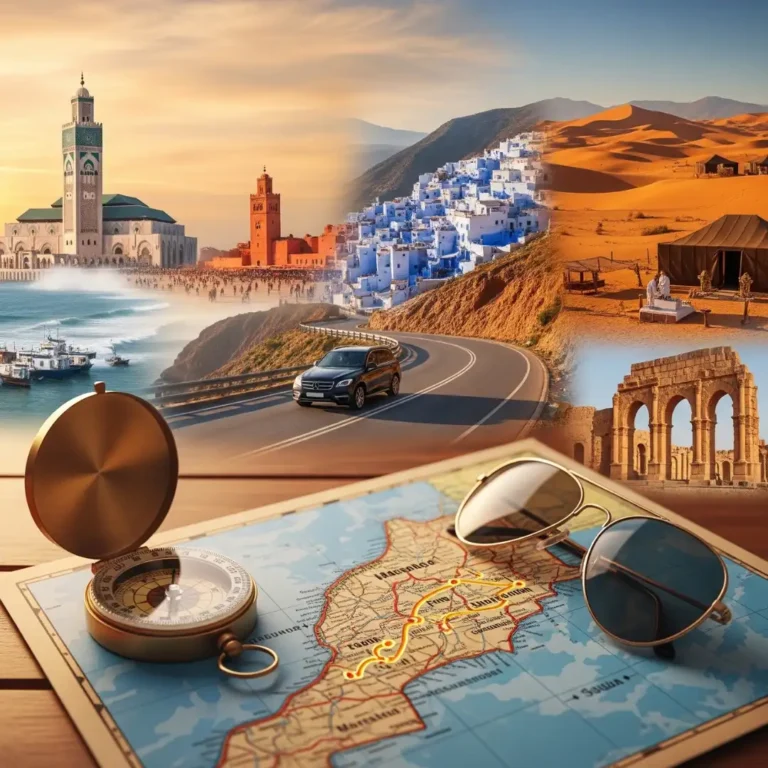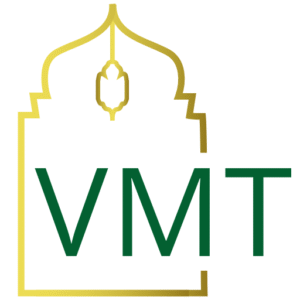Curious? Ask...
Inspire Me...
See Our World
We serve mint tea and hot updates. Subscribe and sip both!
We serve mint tea and hot updates. Subscribe and sip both!
Free things to do in Fez | Al Attarine Madrasa brings you into a smaller, quieter madrasa rich in detail. Zellige tiles shimmer across the walls, and carved cedar ceilings tell silent stories of 14th-century devotion. Step inside this hidden gem to feel peace, precision, and the spirit of scholarly beauty in the heart of the Medina.
Free things to do in Fez | Al Attarine Madrasa feel like stepping into a private poem. Imagine entering a courtyard where sunlight filters through carved cedar beams, while mosaic patterns reflect like whispers beneath your feet. Built in 1325, this smaller Marinid masterpiece was once a theological school—a place of study, devotion, and quiet elegance. Expect sensory delight: echoing footfalls on marble, the gentle hum of birds, and the flash of tile detail that tells a thousand stories about artistry and faith.
This is more than another medina attraction — it’s a living microcosm of Fez’s spiritual soul. Not as grand as Bou Inania, yet its intimacy is powerful. A single courtyard fountain, surrounded by floral zellige motifs and woodwork, feels like a chapel of nature and prayer. In winter, a thin mist hovers over the tiles; in summer, the cool stone becomes a holy refuge. It’s architecture you can feel.
Among all free things to do in Fez | Al Attarine Madrasa, this is one of the prime examples:
No admission fee
No barriers — the courtyard is accessible to non-Muslim visitors
Open-air tranquillity without crowd pressure
Feel free to pause in the centre, gently touch the tiles, and lean into the silence. It’s an open invitation to reflect.
Al Attarine was built to teach both language and faith. Its architectural elegance—hand-carved stucco, cedar beams, tile mosaics—was a statement of cultural pride. Today, free things to do in Fez | Al Attarine Madrasa let you experience that pride without paying a dirham. As an architectural precursor to Bou Inania, visiting here gives context and richness to Fez’s spiritual lineage. The madrasa’s intricate geometry and symbolic motifs reflect the golden age of Marinid design. As documented in the Museum With No Frontiers database, every tile and arch serves a spiritual and educational purpose.
Walk through the carved cedar portal and pause. The first thing you’ll notice is the geometry of light and shadow—laser-cut wooden screens cast patterns on mosaic floors. Notice the small fountain in the courtyard — its tiles depict floral vines, an artful echo of spiritual growth. Touch the smooth marble benches—cool to the palm and ancient to the soul. And look up: the domed cedar ceiling is carved in a honeycomb ‘muqarnas’ pattern that feels like an upside-down garden of light.
Just around the corner from Free Things to Do in Fez | Al Attarine Madrasa, you’ll find several nearby places that offer a deeper look into the medina’s heart, perfect for travellers seeking what to see in Fez for free.
Start with Bou Inania Madrasa, its larger, more imposing neighbour. With its symmetrical arches and striking green-tiled minaret, it offers a grander version of the same tranquil beauty. It’s ideal for those wanting to explore non-touristy places in Fez that still carry deep spiritual and academic roots.
A few minutes’ walk away is Bab Boujloud Gate, the main entry point to the Medina. Its iconic blue-and-green tiles make it one of the most photographed landmarks in Fez, yet stepping through it still feels like entering another world. It’s a moment every visitor should experience—even if you’re only looking for things to do in Fez without money.
From there, follow the winding lanes to Chouara Tanneries, where the air is thick with the scent of leather and centuries of tradition. This spot is often mentioned in guides about what to see in Fez for free, and rightly so—it’s a visual and sensory feast, and watching the dye pits from above costs nothing.
Lastly, stop at the Qarawiyyin Courtyard, where history and spirituality meet. Though entry is limited, just standing near the world’s oldest operating University is enough to feel the pulse of scholarly Fez. It’s one of the most meaningful free things to do in Fez, especially if you’re drawn to quiet corners full of legacy and reverence.
Together, these stops form a medina loop full of insight, tradition, and authentic experience—no ticket required, just curiosity.
Locals consider Al Attarine Madrasa a quiet sanctuary—somewhere to pause, reflect, or simply sit unnoticed between the rhythms of the day. It’s not unusual to see teachers strolling through the courtyard after classes, their footsteps echoing softly against the zellige tiles. For many visitors, one of the most peaceful free things to do in Fez | Al Attarine Madrasa is simply being still here. Amid the medina’s vibrant rush, this spot offers something rare: stillness, symmetry, and a sense of sacred calm.
Tucked into a courtyard corner is a tiny niche with faded Arabic inscriptions—likely a 14th-century dedicatory verse, untouched in its original paint. Nearby, the mihrab’s stucco frame still has turquoise paint traces—testaments to past colour schemes. And behind the eastern arch, an old lamp hook remains above where monks once lit oil lamps at dusk. Curious about how the rooms were arranged and used? The Madain Project offers a visual guide to the madrasa’s floor plan, helping visitors understand how sacred geometry shaped its daily rhythm.
Visit early (9–10 a.m.) to avoid coinciding with prayers
The courtyard floor becomes slippery when wet—watch your step
Bring a soft brush (or ask a caretaker) to gently dust fallen tile carvings
Respect the silence—visitors come here to pray or meditate — maybe bring a quiet symbol like prayer beads
Peak viewing time lasts 20–30 minutes, just enough for deep appreciation

Discover the charm of these free spots, then let us take you further, exploring culture, history, and the heart of Morocco.

Visit Morocco Tours
Escape Alchemist
VMT
Tell us your travel drama, we’ve got solutions!